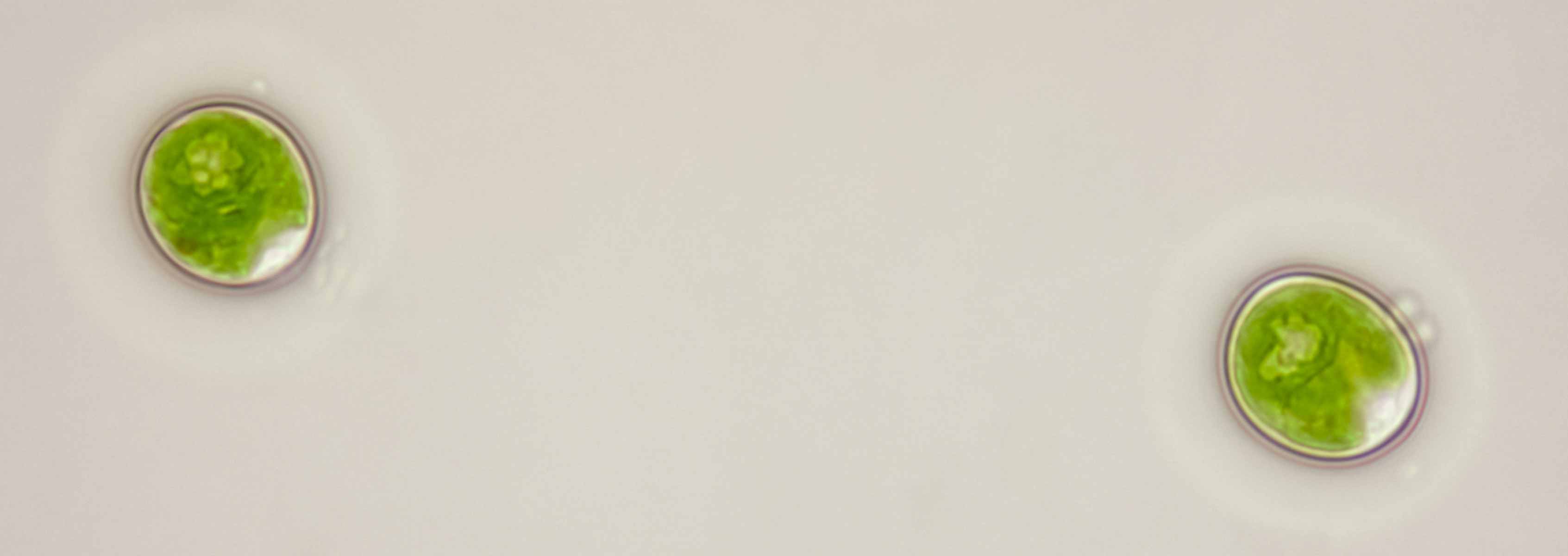Diatom Carbon Concentrating Mechanisms

Photosynthetic organisms, including diatoms, can use light energy to drive carbon fixation with the enzyme Rubisco. However, CO2 concentrations in seawater are below the affinity of Rubisco. Therefore, nearly all aquatic photosynthetic organisms require a biophysical or biochemical way for concentrating CO2 around Rubisco. Well defined systems in cyanobacteria and the green alga Chlamydomonas show mechanistic similarities despite sequence and protein based dissimilarities.
In both organisms, Rubisco is concentrated in a sub-organelle like structure, with physical pumping of bicarbonate and carbonate system re-equilibration being catalyzed by carbonic anhydrases. Yet the proteins involved in the two organisms have no shared evolutionary history. We are discovering the molecular components of the CCM in marine diatoms. We are increasingly observing yet another example of mechanistic similarities with known CCMs, with a parallel independent evolution.
Our current focus is the functional characterization of proteins that we have found to be localized to and potentially form the structure of the diatom pyrenoid, a sub-organelle within the diatom chloroplast.
Funding
This work is funded by the National Science Foundation and the Department of Energy and has numerous collaborators.